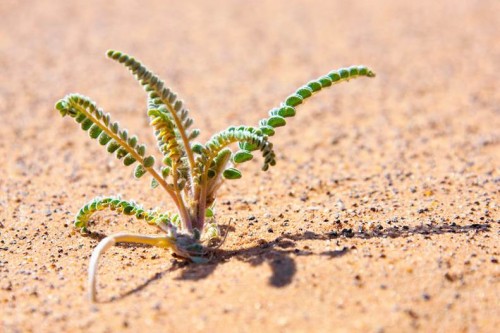Plants play a major role in the lives of other living things, especially humans. But it’s worth taking a look at how plants as we know them came to be, and where they came from. What adaptations allowed the first plants to survive on land? How are the crops that make their way to our dinner tables different from their aquatic ancestors? In this lesson students will learn about the different adaptations that led to mosses, ferns, gymnosperms, and angiosperms. They will also have the opportunity to work hands-on with plant/algae samples to identify some of these adaptations and see where the samples fit along the evolutionary timeline.
At the conclusion of the lesson, students will be able to:
- Identify the four main groups of terrestrial plants and list their evolutionary order
- Describe the key adaptations that distinguish terrestrial plant groups from one another
- Identify visual evidence of these key adaptations in hands-on plant samples
Length of Lesson
(1) 50 minute class period
Grade Levels
4-9
Resources:
- Lesson Plan
- Student Worksheet
- Presentation – Elementary version
- Presentation – Middle school version
Lesson Plan created by GK-12 Fellows Pat Hanly and Andy Booms, 2015

